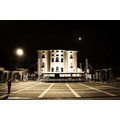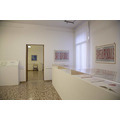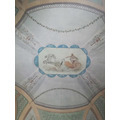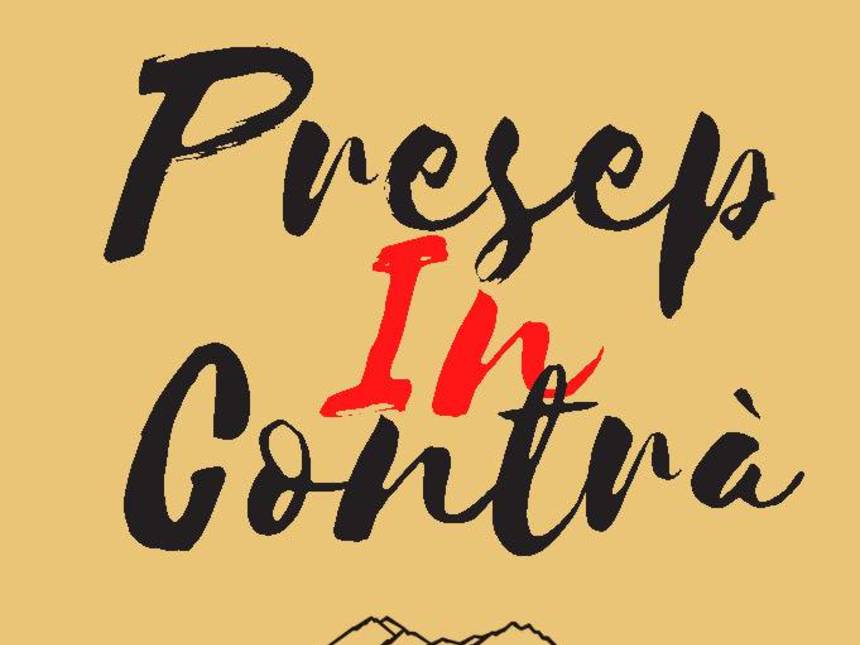Permanent exhibitions
Fogazzaro Palace Civic Museum
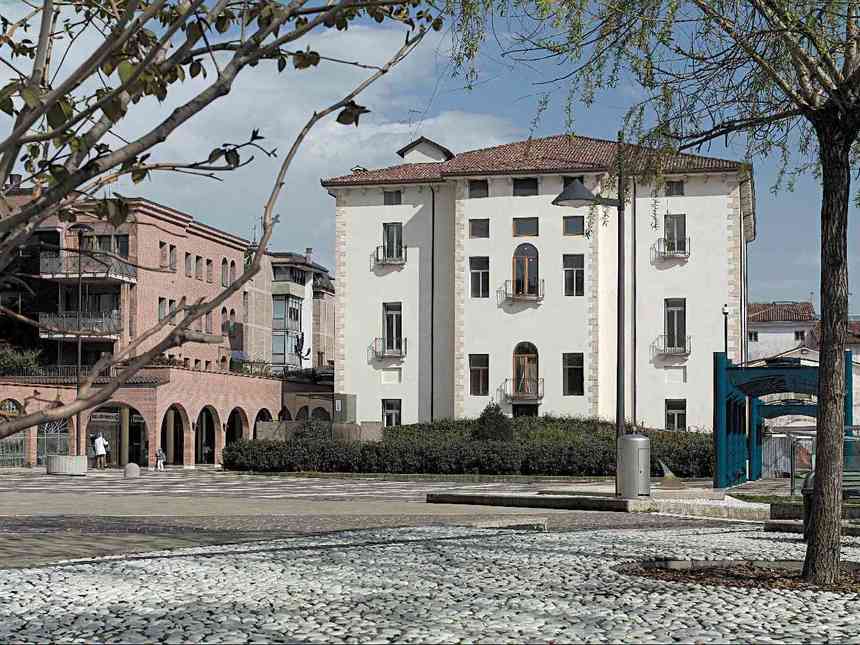
Description
The main promoter of the creation of a civic museum in Schio in the 20th century was the scientist and collector Guido Cibin (1860-1927). The museum was also to include an archaeological section with artefacts excavated in the area. On two occasions it seemed that the project would be successfully completed, but the outbreak of two world wars made it impossible and it was finally abandoned. In 2005 Palazzo Fogazzaro was used as a place for temporary exhibitions and to house the Civic Collection until it was converted into the Civic Museum in 2021.
At the entrance you can admire 12 marble busts by Giulio Monteverde, Vincenzo Vela, Augusto Benvenuti, Carlo Nicoli and Odoardo Tabacchi, which were originally in the Asilo Rossi built in 1872 by wool industrialist Alessandro Rossi for the children of his employees.
On the walls hang 2 paintings from the 17th century commissioned by the municipal authorities from Pietro di Lagni for the celebration of the Vicars of the Serenissima Republic and 3 ovals with virtues, painted by the French painter Louis Dorigny between 1700 and 1701 for the ballroom at the Ca' Tron in Venice, opened for Niccolò Tron, who a few years later founded the first modern woollen spinning mill in Schio.
From the Rossi family also comes a statue of a woman depicting the art of weaving: it was commissioned in 1870 from Antonio Tantardini and is located in the first room on the right, covered with frescoes with motifs in Pompeian style. There is also a second female figure by Gaetano Veronese. The life-size nude was cast in negative on iron foil and probably took part in the Second Quadriennale in Rome in 1935 and the Venice Biennale in 1936. Two nearby rooms are dedicated to the Estonian artist Raul Meel, who donated prints and a remarkable collection of art books to the municipality, presenting all his work, which was intertwined with the East-West opposition during the Cold War. The artist stands out as a tireless innovator who has expanded the boundaries of contemporary Estonian art. The Civic Collection has received other important donations and bequests: we recall only those made by Giovanni Calendoli, Dino Lanaro and Alessandra Panciera. The municipality also lends the Cibin-Gori Fund, which, in addition to the archaeological part, contains a large documentation, military badges, medals and more.
The upper floors of the building are dedicated to temporary exhibitions, in keeping with the museum's mission to highlight the artistic history of the area and its contemporary expressions.


